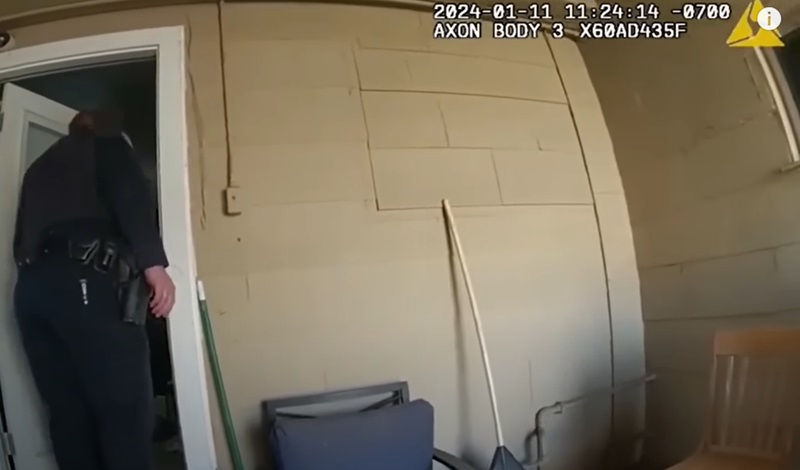
In the category of never knowing what is behind the door, getting a call to check on someone’s well-being is among the most unpredictable and potentially dangerous calls an officer can get. According to a study published this year by the Johns Hopkins School of Public Health, “Calls to police to check on the well-being of individuals were 74 percent more likely to be associated with fatal injury than police responses to an incident where shots had already been fired. This includes wellness checks that did not explicitly involve threats or harm before an encounter with police.”
Calls to police for wellness checks (often referred to as welfare checks, a term that can cause some confusion among civilians) typically come from relatives or friends who have not heard from the subject in a normal time frame and don’t live close enough to readily check on them. The call may come from a neighbor who hasn’t seen a resident for a while. Other calls come from concerned persons who have had some contact with the subject and believe that something just isn’t right.
Delivery persons, especially letter carriers, may note that mail or newspapers haven’t been picked up or the yard hasn’t been cared for as usual. Social workers and other caregivers may discover a change in a subject’s personality or behavior. The caller may or may not be able to provide important information to responding officers about the subject’s health or behavior, including suicidality, recent upsetting life events, or mental health crises.
Social workers or mental health practitioners have been increasingly used as an asset in suspected mental health crisis calls. In some jurisdictions, these non-law enforcement (NLE) responders may go to the home or last known location on their own. Given the irresponsible and inaccurate reporting that police are terrible at handling the mentally ill, these programs have garnered support. We don’t know how successful this approach is in having more successful outcomes or alleviating the volume of calls for law enforcement, since NLEs have no burden of documenting their interactions like law enforcement must do, and many of these interactions may be behind privacy barriers.
Another silent statistic with NLE responders is how many are initially or eventually turned over to law enforcement due to the potential of danger. We also don’t know how many assaults on NLE personnel are associated with those responses. Most NLE programs are not operational 24/7, so comparative outcomes when they are available or not are hard to measure.
A more popular model of responding to suspected mental health crisis calls is the co-responder program where a NLE is partnered with a police officer, or available to respond simultaneously to help assess and manage a person in crisis where there is no criminal activity or immediate danger is discovered.
The report states “The data we reviewed suggests that behavioral health calls are a common interaction preceding injurious shootings by police,” says Cassandra Crifasi, PhD, MPH, co-director of the Johns Hopkins Center for Gun Violence Solutions. “We recommend improving social services to make responding to behavioral health calls safer for everyone. Public support is high for these approaches including nonpolice mobile units, diversion to mental health services, and a police and mental health co-responder model.” That’s peachy, but if a call turns violent, it ceases to be a co-responder’s call. Suicidal persons can be homicidal, and “talking them down” would be great, but negotiating with an armed person who is placing others at risk is not tactically sound.
Since, according to the National Institutes of Health, 31% of deaths happen at home, many well-being checks result in a death investigation. At home deaths under medical care, such as hospice, while expected, don’t necessarily preclude investigating the possibility of homicide. Unattended deaths require a Coroner’s response. Some deaths with obvious wounds can seem like murder but may be suicide, and vice versa. We need not get into detail about what police officers deal with at death scenes, but it can be the stuff of nightmares.
To be sure, there are many happy endings. Police are able to render aid, find out that the phone simply died, or find that Grampa just wanted to go camping and didn’t tell anyone. But getting a request to check on Aunt Gertie is to open a door to the unknown.
Make a difference. Support the NPA.